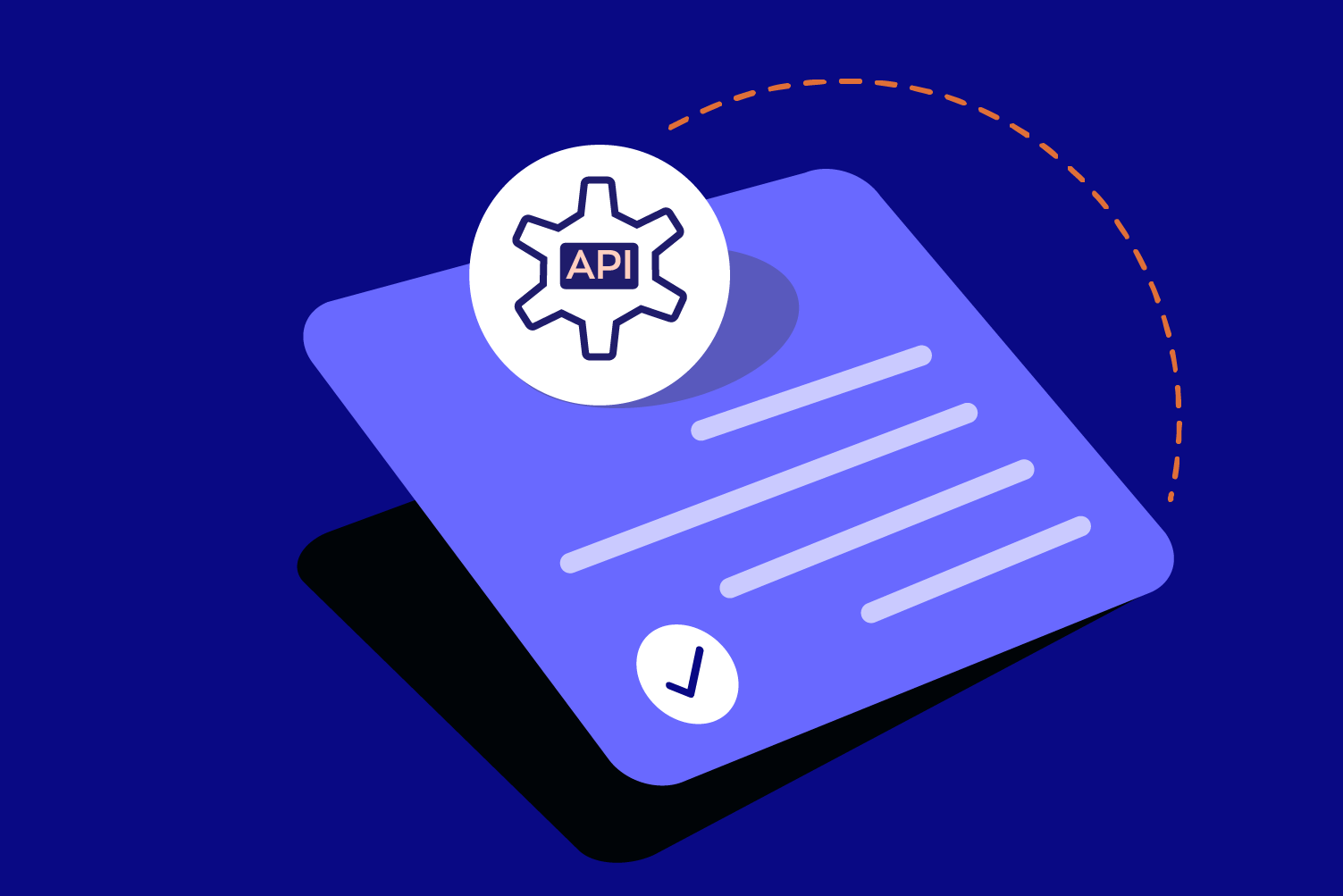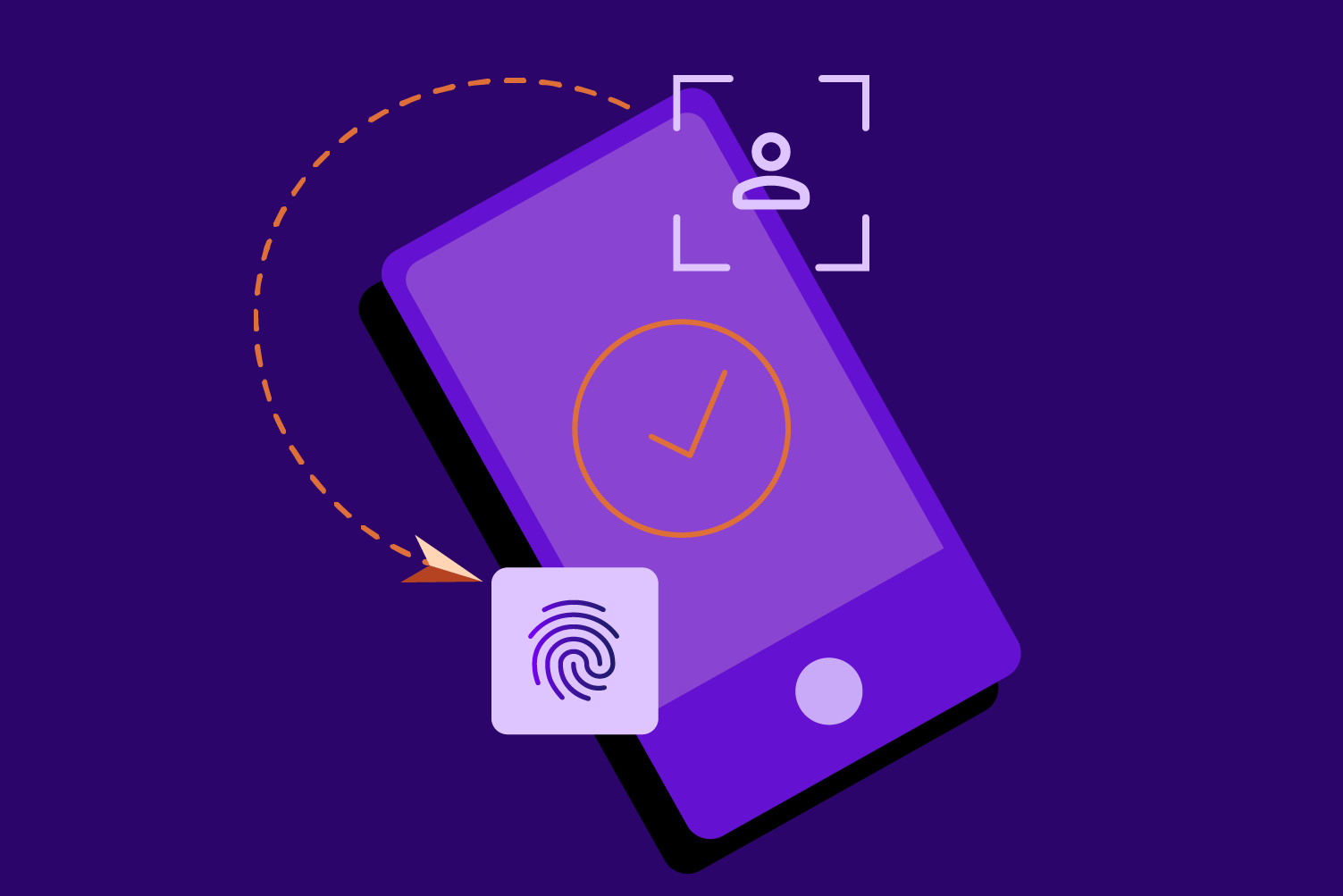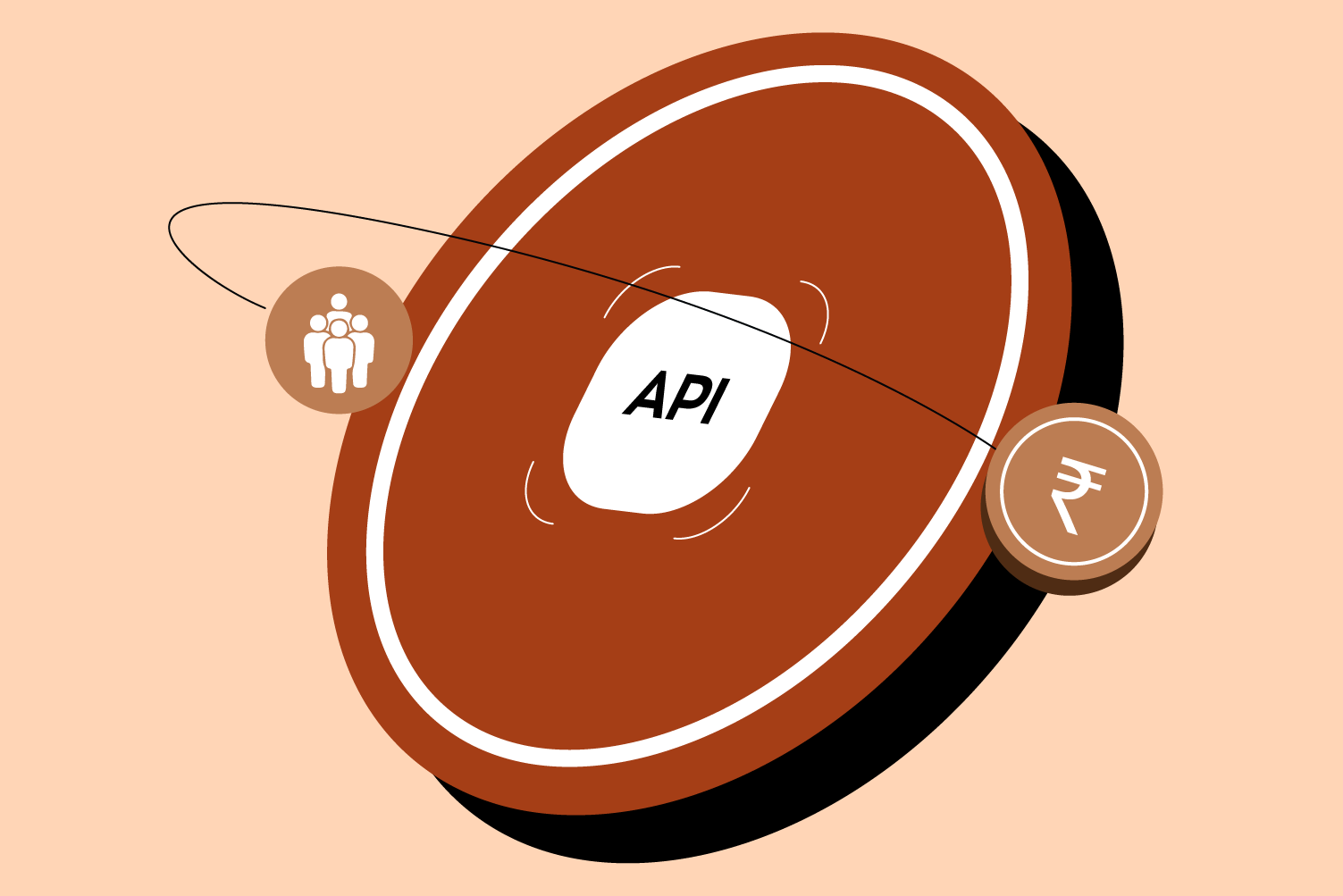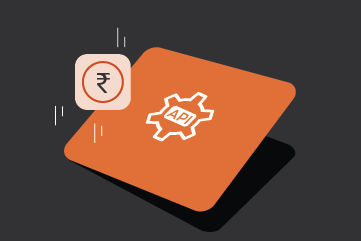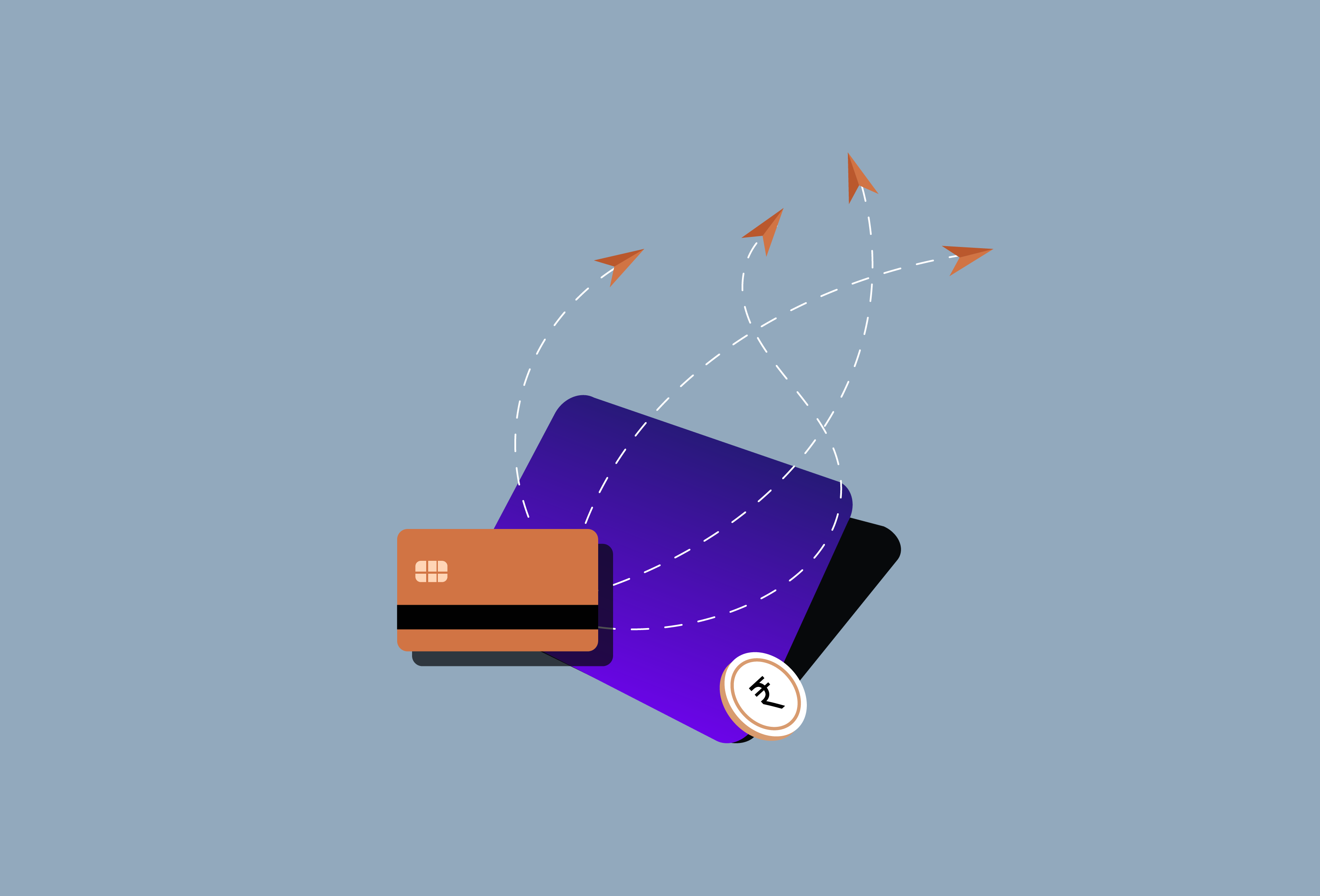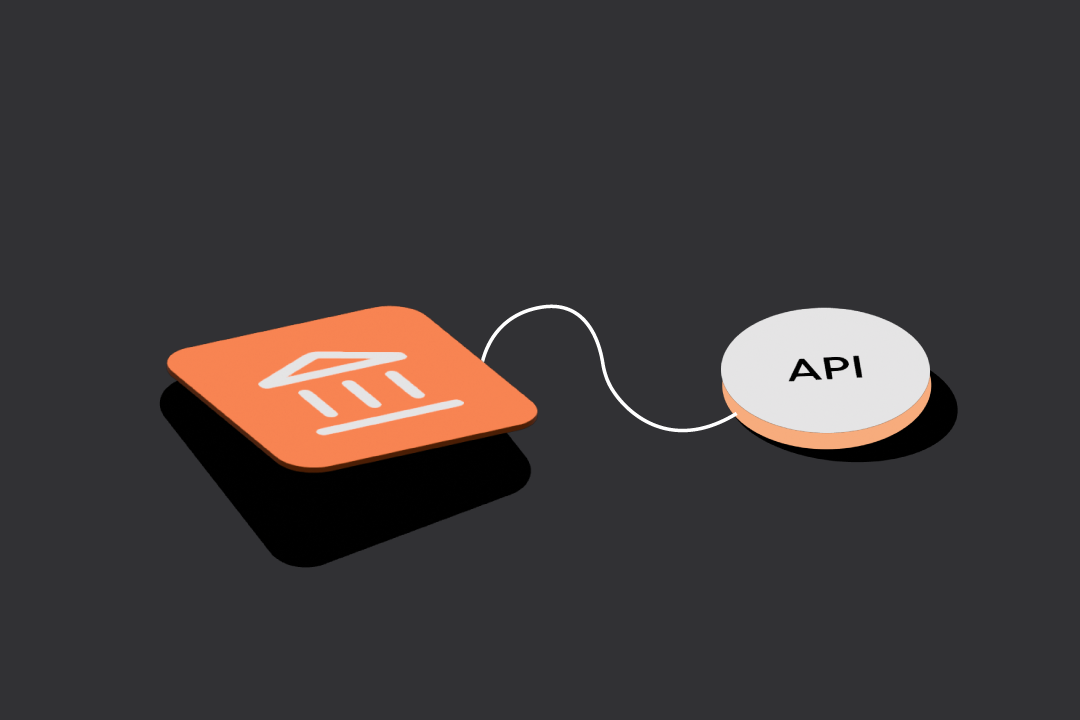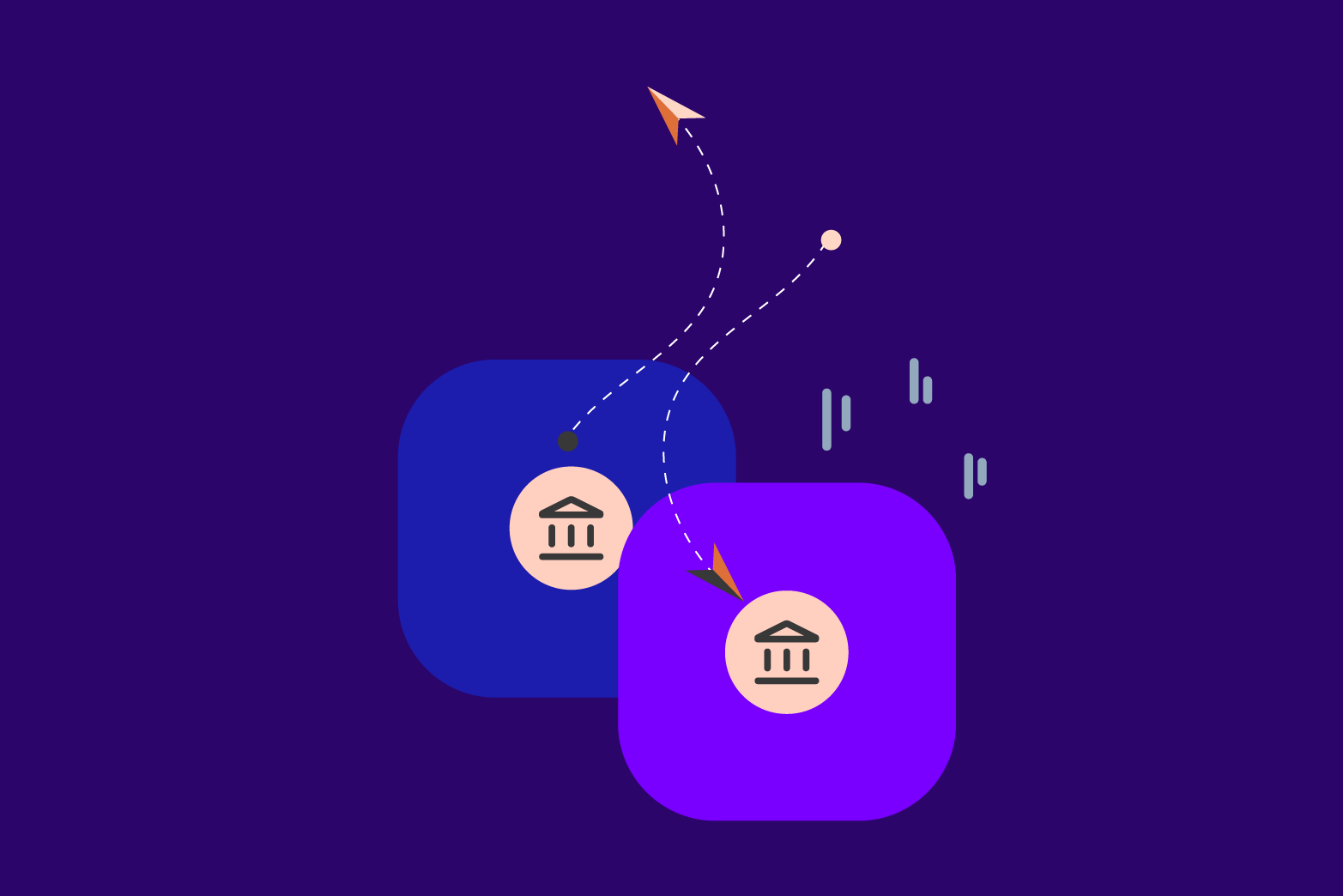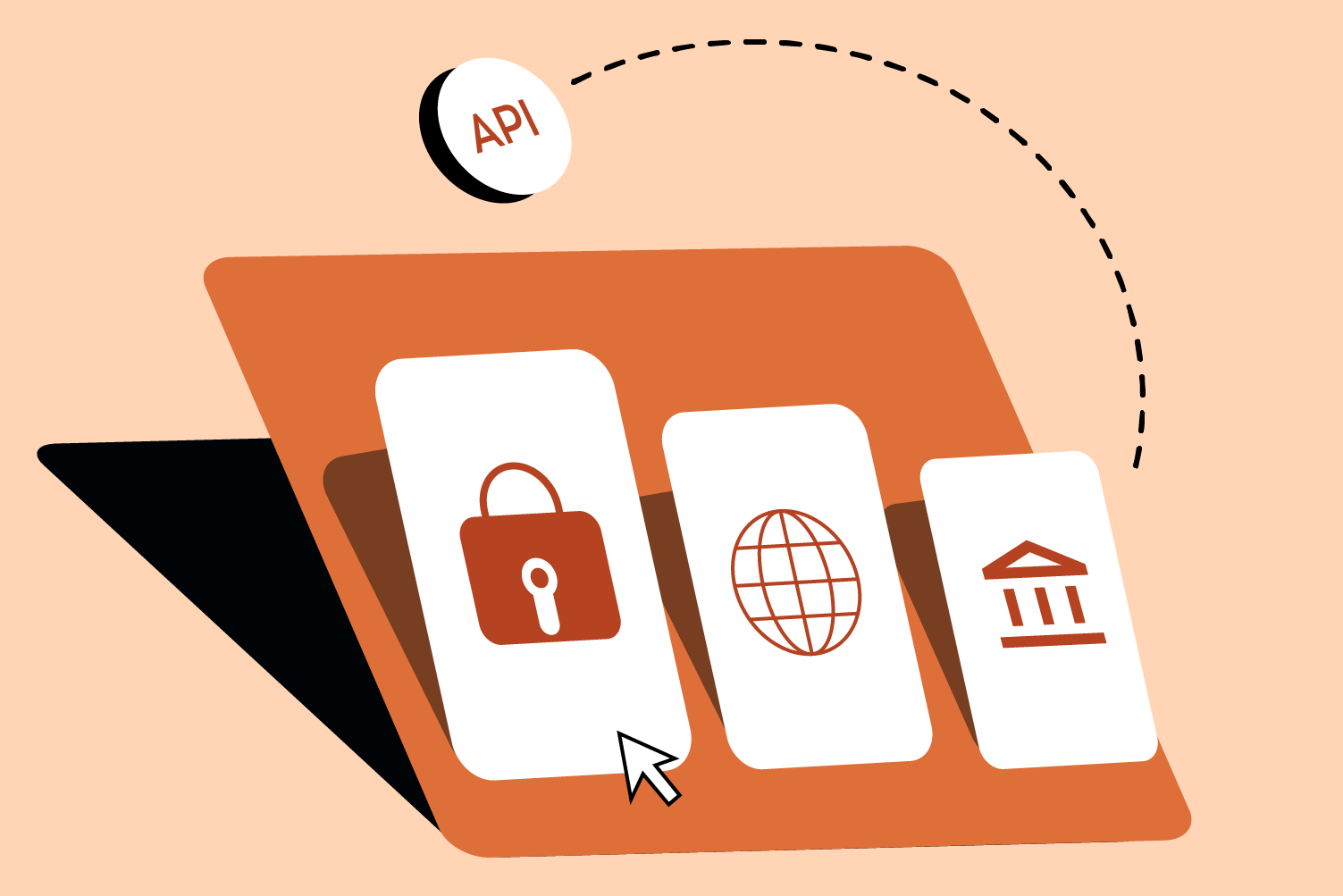As discussed in Chapters 1 and 2, Open banking APIs have disrupted the entire banking and financial industry. The Core Banking APIs are the most widely used of all the banking APIs available in the marketplace.
Core banking includes APIs that provide primary banking services, such as opening bank accounts and making domestic or international deposits. Consumers and businesses use these APIs to create digital banking products or services.
In this chapter, we are going to look at the APIs used to open bank accounts and the ones used for making deposits
Opening Bank Accounts
Quite a few businesses create savings accounts for their employees. Uber, for example, creates salary accounts for its drivers. Now, Uber can approach a bank or an API provider to get this done quickly and seamlessly.
The account opening process gets completed in just three steps.
As a first step, Uber would request that any API provider, like Zwitch, create employee salary accounts. Since third-party providers have already integrated with the bank via APIs, they can directly initiate a request to generate salary accounts for Uber employees. Now, banks create those accounts and send the information back to the API provider. As a final step, the API provider returns this information to Uber.
How is this process with a 3rd-party API provider faster & more efficient than Uber going to the bank directly?
Primarily because it will be pretty tricky for Uber to connect directly with the bank due to –
- Complexity of integration
- Strenuous error management
- Lack of standard API documentation, and
- Difficulty in integrating multiple bank accounts in a similar way
Let us also look at a different case—the Tomorrow app is popular in Europe and offers smartphone banking services. Although users think they have opted for the Tomorrow account, the underlying banking activities happen through Solaris Bank, a prominent neo-bank from Germany.
In short, only banks can provide accounts people use to perform financial activities. However, we use these accounts via different mobile and web applications because of the bank’s core banking APIs directly or through different API providers.
Now, let’s move on to the next set of core banking APIs, i.e., the APIs for making deposits and domestic payments.
Real-time domestic payments
The core framework for making real-time domestic payments is fast changing and is catching up in India. Domestic payments have seen tremendous growth over the past few years, which has been possible because of the efficient use of APIs.
Real-time payments can benefit financial institutions, merchants, and customers by offering enhanced payment visibility. They’ve helped businesses manage their cash and day-to-day operations by improving liquidity. The liquidity improvement can be especially impactful to small merchants who are used to waiting several days for their settlements. This could possibly create a positive impact on their cash flow and daily sales outstanding.
Currently, four categories of payments are happening in India with the use of domestic payments APIs. They are:
- Business-to-Business (B2B): Businesses make B2B payments to their suppliers or vendors. These payments are usually in crores, making them typically large-value payments.
- Business to Consumer (B2C)—B2C payments go from businesses to consumers. They include refunds, legal settlements, insurance claims, and contingent employee wages. These are medium—to large-value payments.
- Consumer to Business (C2B)—C2B payments are from consumers to businesses. Bill payments, Hospital co-payments, and Point-of-sale (POS) payments are examples of C2B payments. These payments are typically considered to be of medium to low value.
- Domestic peer-to-peer (P2P)—Domestic P2P payments are between two individuals. Payments between friends and family are examples of domestic P2P payments. These are medium—to low-value payments.
According to the Indian Payments Handbook by PwC, the Indian payment landscape has seen extraordinary growth in transaction volume at an average CAGR of 23%. This is due to technological innovation, regulations, changing customer and merchant expectations, and the emergence of new players with new business models.
Real-time payments will affect the way we transact and conduct business. Consumers will enjoy the convenience of paying their bills at the last minute without penalties, while companies will benefit from the increased availability of funds.
Those were the two widely used core banking APIs. Up next, we have one API that is gaining a lot of attention these days – KYC APIs.


